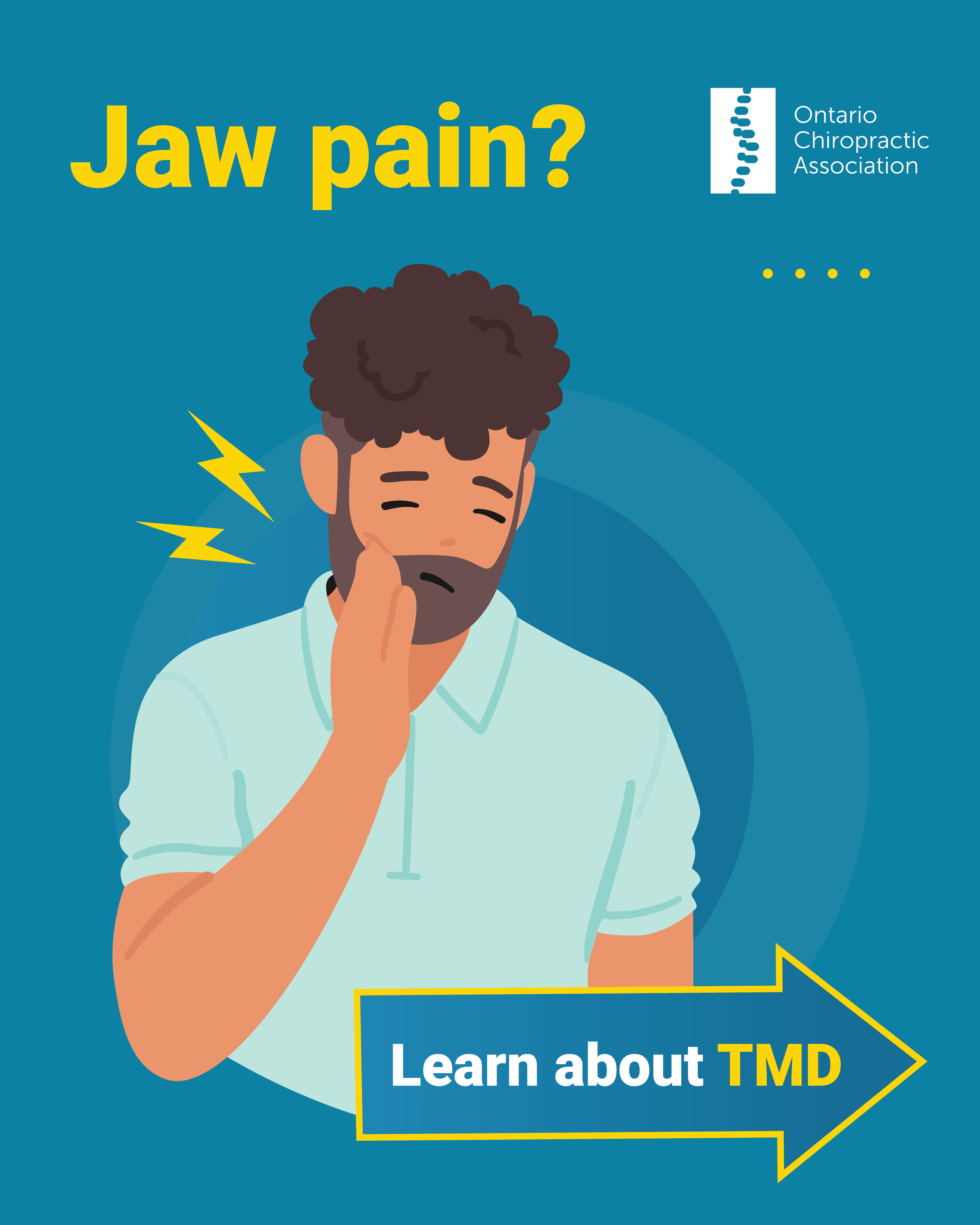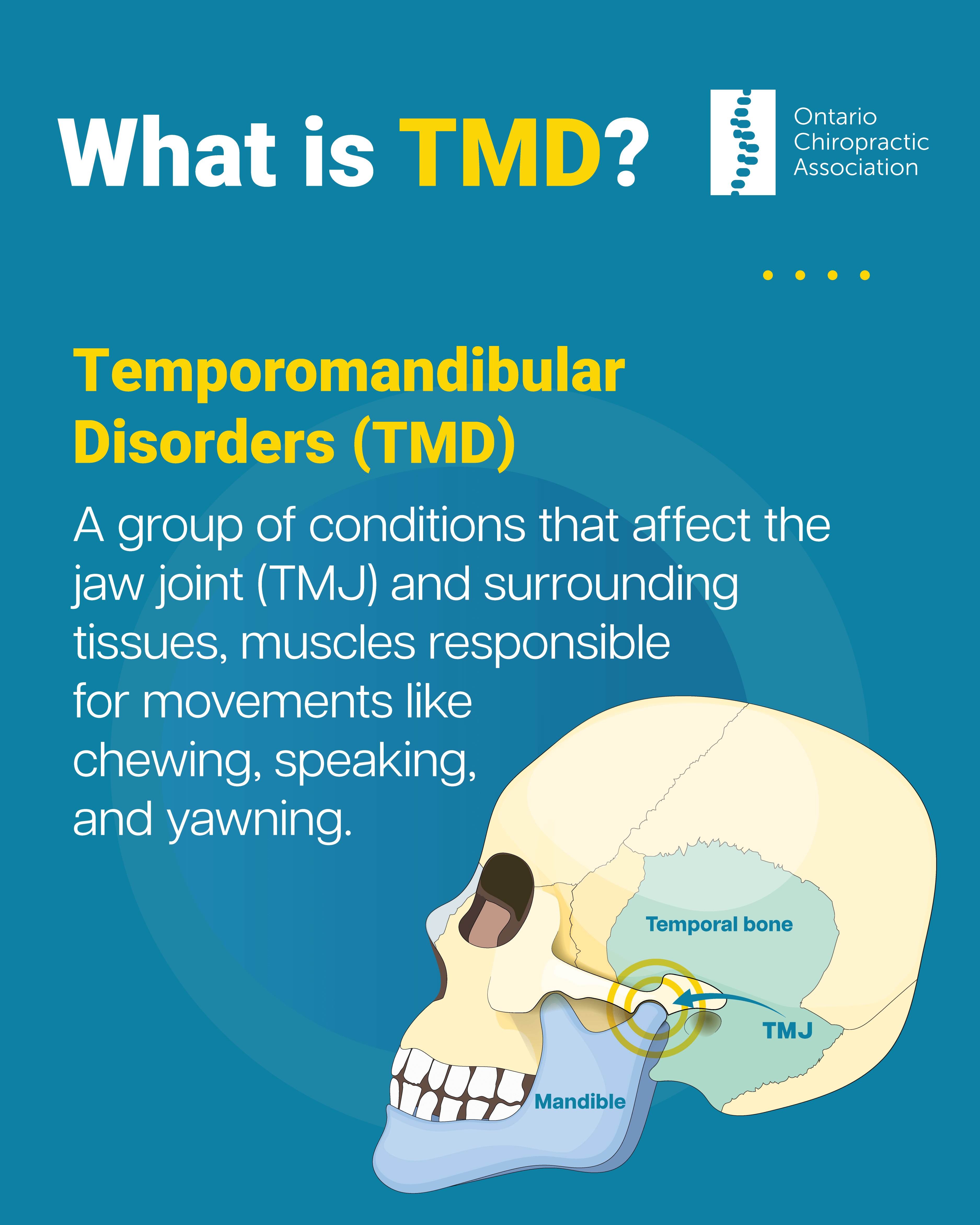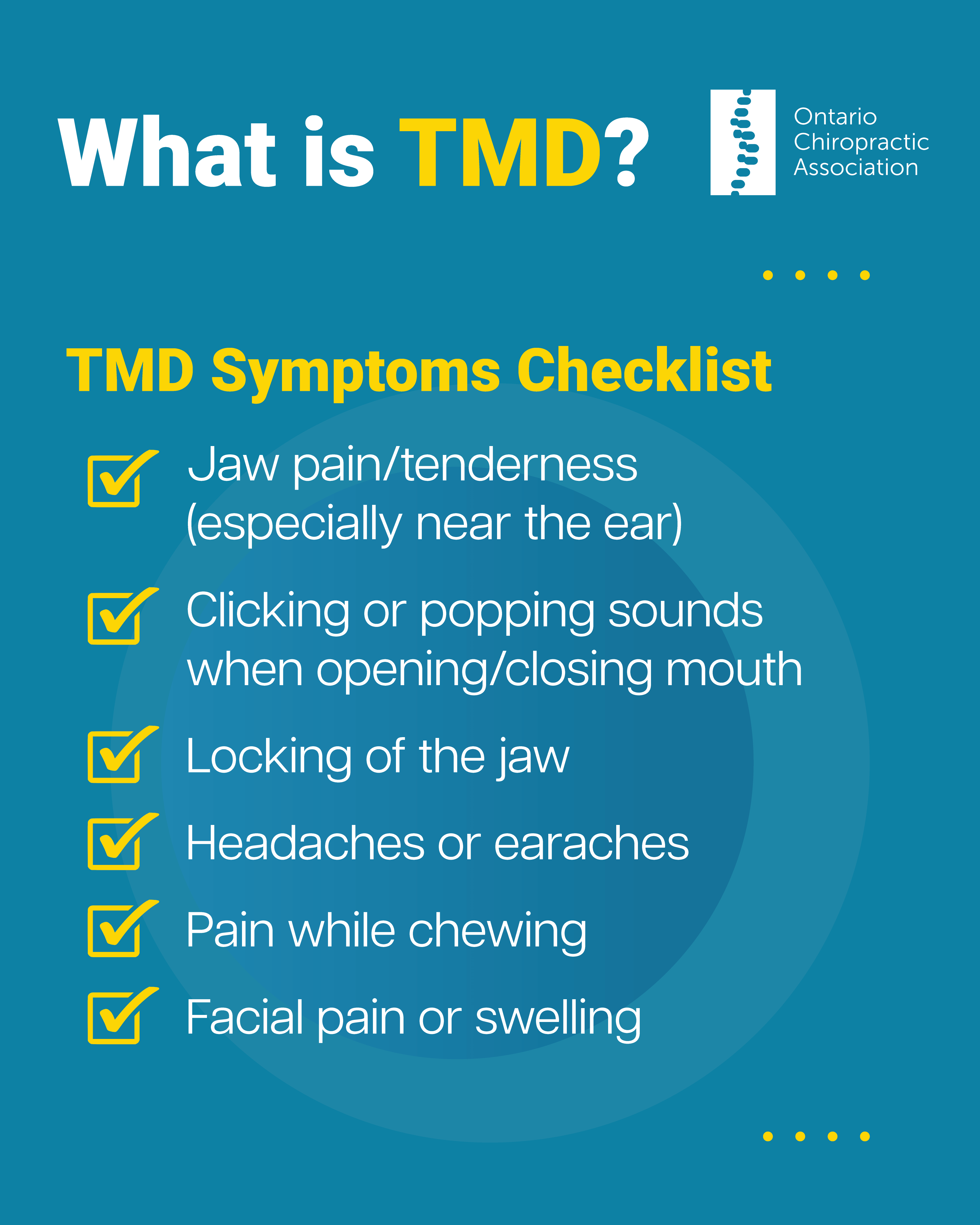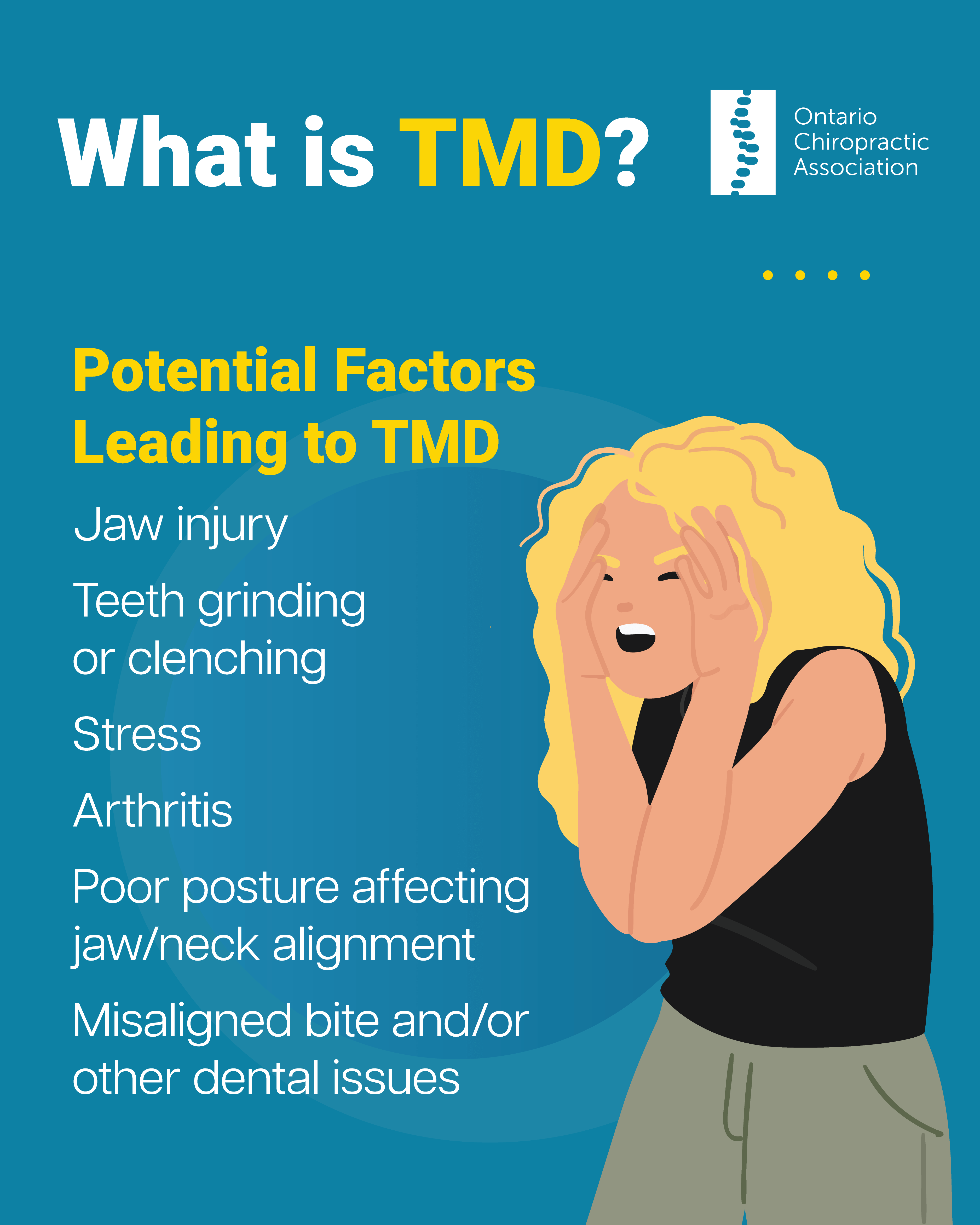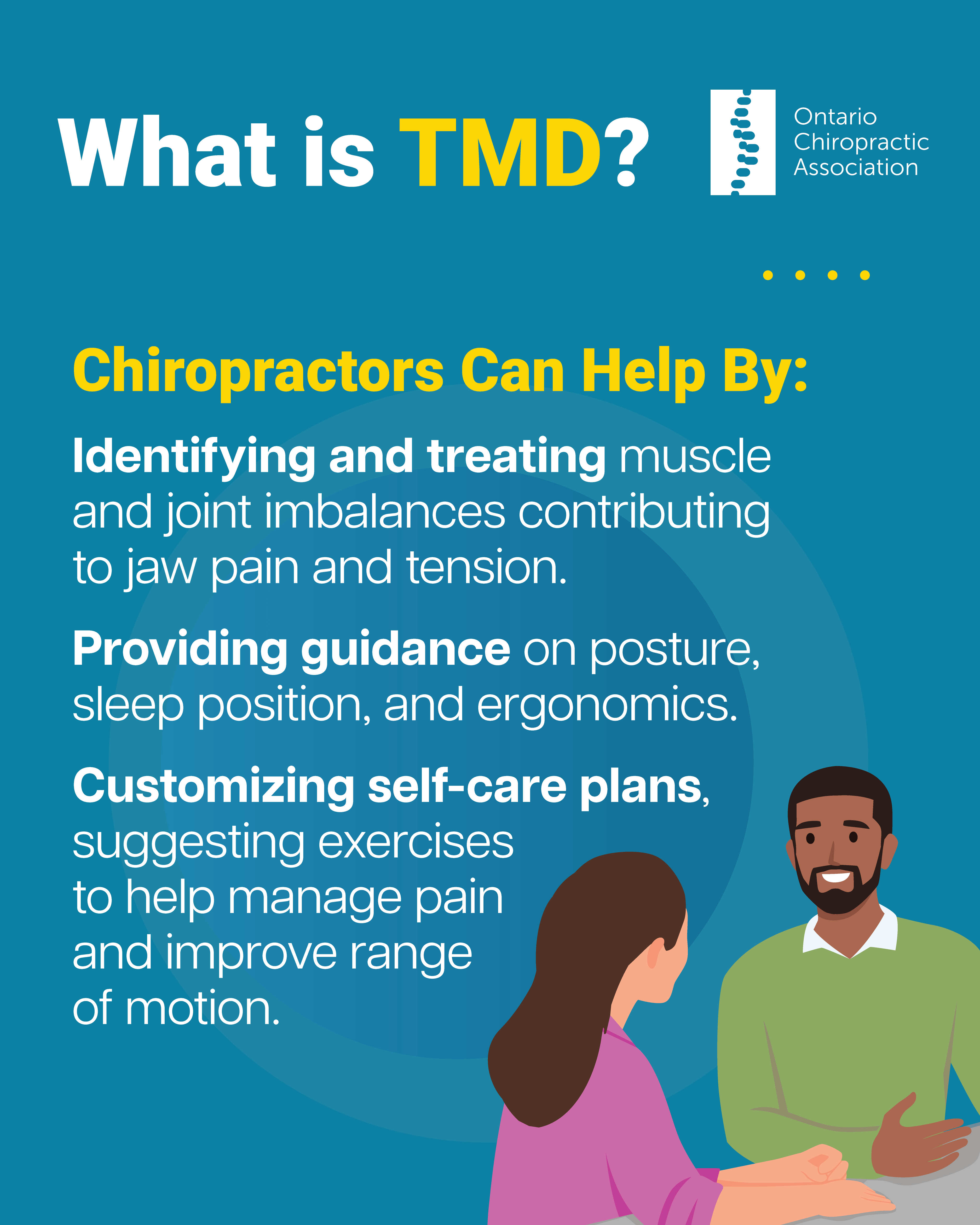Understanding TMJ Pain: Causes, Symptoms, and Effective Relief
Temporomandibular joint (TMJ) dysfunction can turn simple actions like chewing, speaking, or even yawning into sources of discomfort. For dentists and patients alike, understanding the root causes and finding effective solutions is essential.
What is TMJ Dysfunction?
The TMJ connects your jawbone to your skull, allowing smooth movement for everyday tasks. However, stress, injury, or poor alignment can lead to dysfunction, causing:
- Pain while chewing or speaking
- Clicking or popping sounds in the jaw
- Headaches, neck pain, or ear discomfort
- Difficulty opening or closing the mouth
Why is Proper Assessment Key?
TMJ pain often stems from more than just the joint. At our clinic, we specialize in evaluating both jaw and neck muscles, including those inside and outside the mouth. This comprehensive assessment reveals how interconnected issues may contribute to discomfort.
Our Approach to TMJ Relief
We use evidence-based techniques to restore balance and function:
- Soft Tissue Therapy: Relaxes tight jaw muscles and improves circulation.
- Gentle Joint Mobilizations: Restores mobility and relieves tension.
- Cold Laser Therapy: Reduces inflammation and speeds healing.
- Acupuncture: Eases pain and promotes relaxation.
- Daily Strategies: Teach patients how to protect their TMJ, such as avoiding hard foods and maintaining proper posture, as well as stress management techniques to reduce the chances of clenching at night.
Why Choose Chiropractic Care for TMJ?
Dentists often see TMJ issues in their patients, but collaborative care can provide better outcomes. Dentist will create the mouth guard, while our approach addresses the root causes of pain, offering lasting relief and improved quality of life when both methods are combined.


